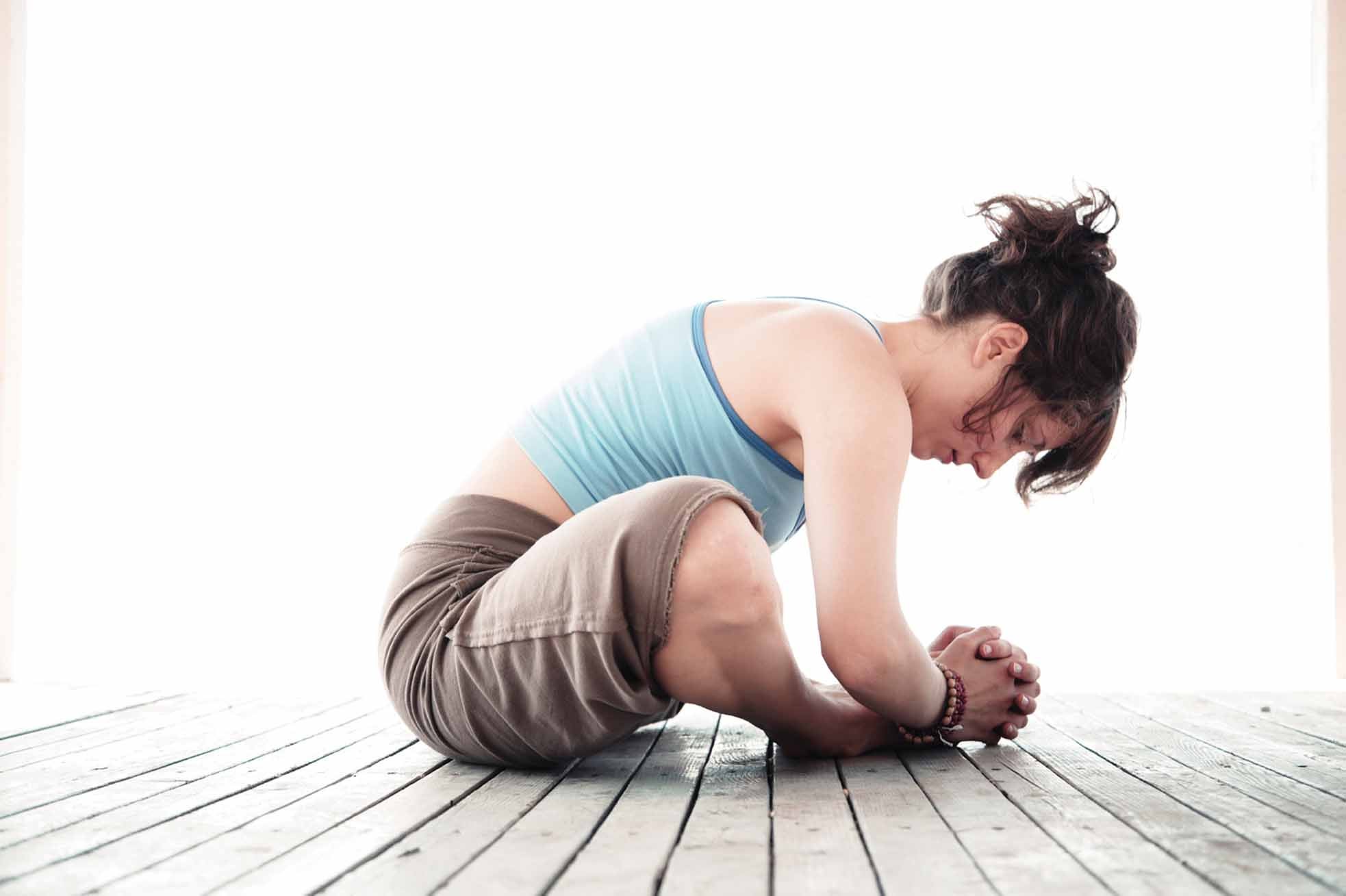Yoga Styles For Triathletes

Photo: iStock
Yoga serves as the perfect cross-training for triathletes for its restorative benefits and ability to build body awareness.
“When I began practicing yoga, I realized I really was not using my body properly,” says Kona qualifier and certified yoga instructor Allison Woodward. “I was pounding each day on my feet instead of utilizing my feet to make them stronger. I had horrible posture from being hunched over on a bike. I thought my core was strong, but it really wasn’t. Through yoga, I learned how to use each part of my body more efficiently.”
Looking for the best style to suit your needs? Follow this quick guide.
Hatha
Considered an “introduction” to yoga. Basic asanas (poses) and pranayama (breathing techniques) orient students to the postures.
Good for: Increasing range of motion. “Build into it gradually,” cautions Kellye Mills, a USAT Coach and yoga instructor in Woodstock, Ga., “yoga is a practice, not a race.”
Vinyasa
A more fast-paced yoga that uses vinyasas, like sun salutations, to “flow” between each of the poses.
Good for: Cardio, core strength. Woodward says she sees most of her multisport students in Vinyasa classes: “It’s very vigorous and it’s a great workout. It combines a cardiovascular element as well as an emphasis on balance and flexibility.”
RELATED: Four Yoga Poses For Cyclists
Bikram
Known as “hot yoga,” Bikram is a series of 26 poses practiced in a room at or above 100 degrees Fahrenheit and 30 to 60 percent humidity.
Good for: Flexibility, heat adaptation. “Bikram makes for excellent practice for trying to maintain physical strength, endurance and composure in conditions similar to that of racing in the heat,” says Mills.
Ashtanga
The practice evolves through a series of asanas, each more challenging than the last.
Good for: Strength, breath awareness. “Learning how to utilize proper breathing techniques can help dramatically in [triathlon] competition,” says Woodward.
Iyengar
With an emphasis on alignment and precision, students are directed to move within a pose only to correct alignment. Props are used to get the desired benefits from the postures without sacrificing the alignment of the pose.
Good for: Injury prevention. Iyengar places the body in multiple postures requiring stability and training the neuromuscular system to respond appropriately.
Yin
Generally consisting of only four to five asanas per class, students hold poses for extended periods of time, allowing for gentle stretching.
Good for: Recovery after long training days. “Physically, you’re taking the time for the body to send a message to the brain that its hard work is done,” says Mills. “By receiving that message, your body begins all of the processes necessary to begin recovering, which is often the most overlooked portion of triathlon training.”
RELATED – One-Hour Workout: Strength, Cardio And Yoga Fusion
Get the latest in triathlon training, gear, nutrition and news sent straight to your inbox. Sign up for Triathlete’s newsletter.